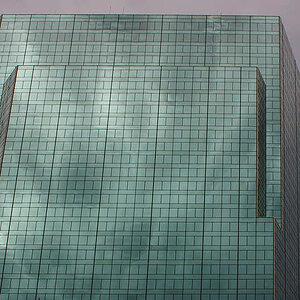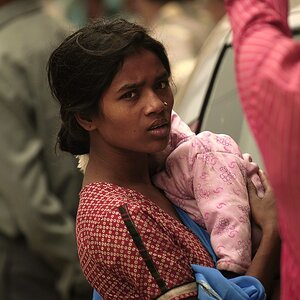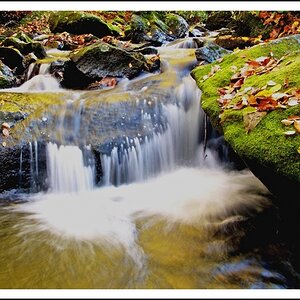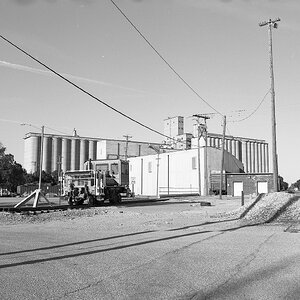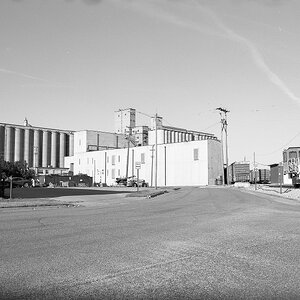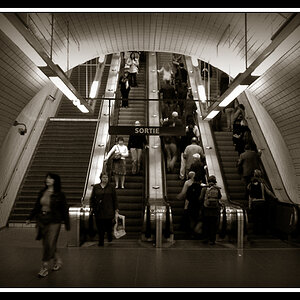mallard
TPF Noob!
- Joined
- Jul 15, 2008
- Messages
- 51
- Reaction score
- 0
- Website
- www.uncensoredfreespeech.com
- Can others edit my Photos
- Photos OK to edit
now that I am thinking about getting a DSLR, the subject of which lenses to get comes into play.
im planning on a Pentax K20d. I have a few pentax bodies (Me Super, K1000, MX) and some lenses and would like to be able to use them but also, I will probably get a couple lenses for the native digital format (in this case, the CCD is smaller than a 35mm film frame).
When I was doing photography for fun 10 years ago, I had: 28mm/2.8, 50mm/1.4, 100mm/2.8 and a 200mm/2.5 and I carried them all around with me to use as situation demanded. The quality was just fine with them. I never really tried zoom lenses. In this day and age, are the zooms for digital SLRs of sufficient quality that I can just get by with a couple of them? I notice they still make a lot of primes (and some are application specific like a portrait lens).
Also, does anyone have a link or a chart showing me the values of focal length between digital and 35mm formats? if say a lens is 18mm digital, would that be like a 28mm on film?
im planning on a Pentax K20d. I have a few pentax bodies (Me Super, K1000, MX) and some lenses and would like to be able to use them but also, I will probably get a couple lenses for the native digital format (in this case, the CCD is smaller than a 35mm film frame).
When I was doing photography for fun 10 years ago, I had: 28mm/2.8, 50mm/1.4, 100mm/2.8 and a 200mm/2.5 and I carried them all around with me to use as situation demanded. The quality was just fine with them. I never really tried zoom lenses. In this day and age, are the zooms for digital SLRs of sufficient quality that I can just get by with a couple of them? I notice they still make a lot of primes (and some are application specific like a portrait lens).
Also, does anyone have a link or a chart showing me the values of focal length between digital and 35mm formats? if say a lens is 18mm digital, would that be like a 28mm on film?


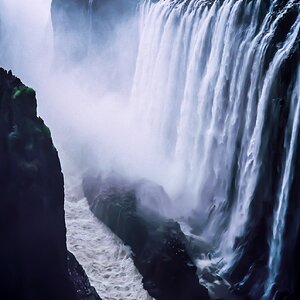

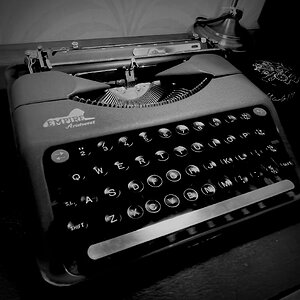

![[No title]](/data/xfmg/thumbnail/41/41889-81d59d4994c91e71aaf805b05b133966.jpg?1619739933)
